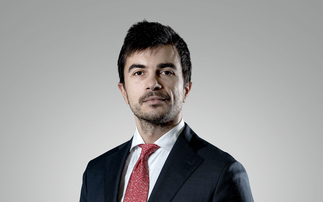Partner Insight: Increasingly, financial intermediaries recognise that real-world goals should guide portfolio construction. As such, objective-based investing goes beyond the traditional stocks, bonds and cash approach, in an effort to enable investors to consistently meet specific objectives with an appropriate level of risk.
Increasingly, financial intermediaries recognise that real-world goals should guide portfolio construction. As such, objective-based investing goes beyond the traditional stocks, bonds and cash approach, in an effort to enable investors to consistently meet specific objectives with an appropriate level of risk.
Ultimately, thisapproach allows the investor to proactively adjust to prevailing market condittons and have confidence in the decision-making process. Taken together, objective-based investing is one that allows investors, with emotions and biases, to confidently and methodally invest in order to reach their financial goals.
Chanchal Samadder is Head of Equity ETFs at Lyxor and is "incredibly excited" about these developments in portfolio construction. "We're already seeing a lot of growth and interest in the fixed income space in which we think there are still many building blocks missing; thingslike, for example, floating rate notes and inflation-linked bonds," he says.
Traditionally investment managers have constructed portfolios based on a range of assumptions about how asset classes will behave: using risk, return and diversification assumptions often based on very long term averages. These assumptions may hold true over an investment horizon of 15-20 years or so, but are frequently found wanting in timeframes that matter to investors.
Samadder adds: "There are also some really exciting possibilities within equity - we've seen a lot of interest in thematics and in particular with smart beta. Again, we think there is a lot of room for growth in smart beta which is basically more like active. We see smart beta as something between purely passive and active."
Investors need income and yield to support themselves and if that can be done in a passive way that is straightforward and lowers costs, he says, "then that will be a benefit for investors."
To read more about what objective-based investing means for the future of portfolio construction click here











